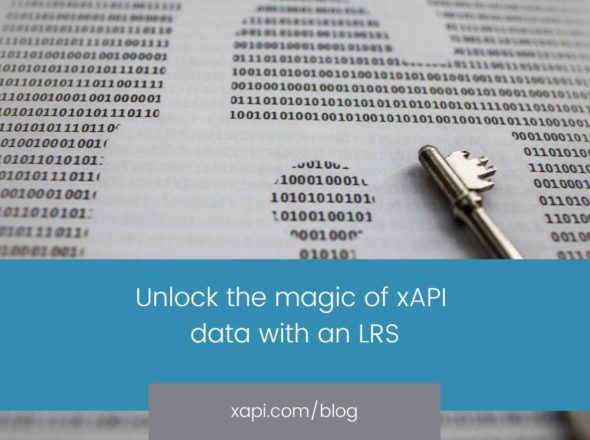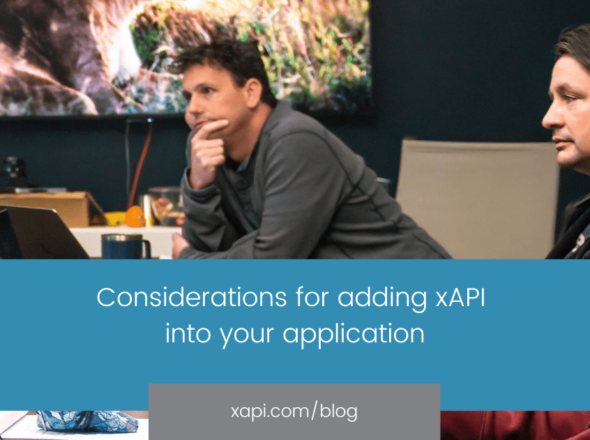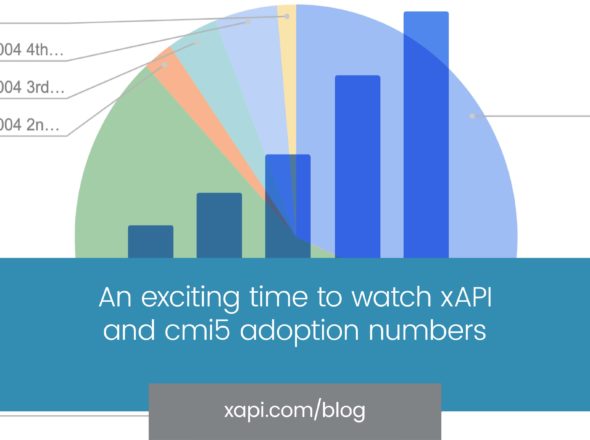Our January webinar reviewing how eight companies are using xAPI (xAPI) has had a lot of attention. In this blog series, we refresh your memory of what each company is up to.
The TorranceLearning and Ann Arbor Hands-On Museum’s RFED (Radio Frequency Education) project shows what’s possible with xAPI even if you’re on a small budget. Built around a free SCORM Cloud LRS account and RFID tags, the project is designed to track a class of school kids exploring a museum. If you’ve got limited budget, are interested in tracking real world interactions or care about education, this blog is for you.
Imagine this scenario: you’re a teacher responsible for a class of students visiting the Ann Arbour Hands-On Museum. When you arrive, your students disappear off in different directions exploring and interacting with the different exhibitions.
It’s a great opportunity for self-directed learning; the kids have a wonderful time and learn loads. But as the teacher, responsible for building on that learning back in the classroom, you’re in the dark. Which students interacted with which exhibitions? How did they answer questions in the interactive exhibits? How can you tell parents which exhibits their child most enjoyed?
The Museum too has limited data. They can watch museum visitors, and they can talk to them, but that doesn’t help with the overall picture of visitor’s flow through the museum and the impact of one exhibit on another.
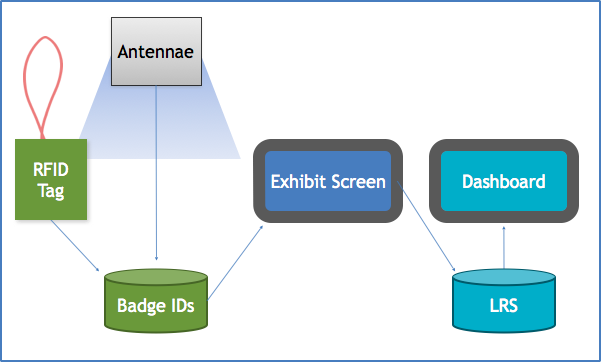
Enter the RFED project. Each child was given a 65 cent RFID tag to wear as a lanyard. These badge ids were mapped to the child’s name so that exhibit screens can welcome them by name. As the child interacted with one of the six exhibits included in the pilot, their interactions were tracked via xAPI back to SCORM Cloud LRS. From there, the data was displayed on a custom built dashboard created for the pilot.
Megan Torrance commented that the whole xAPI side of the project was completed in less than 50 to 70 hour’s work using copied and pasted JavaScript, free resources from tincanapi.com and ADL, and a free account on SCORM Cloud. Not a big cost for such a great project!
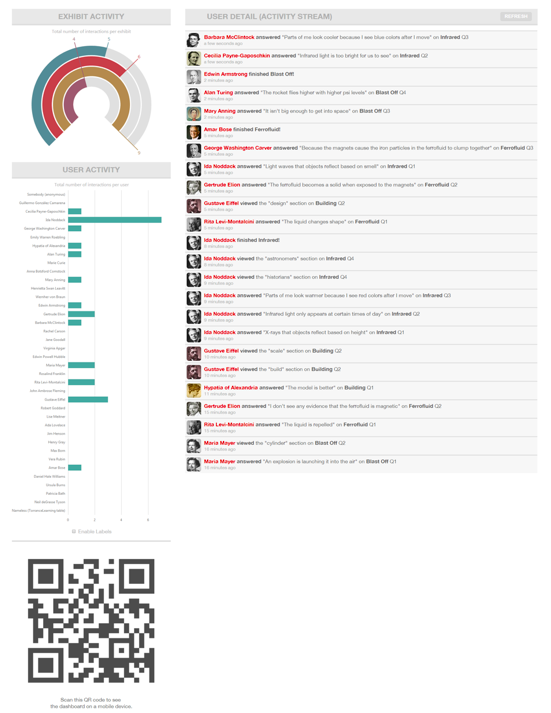
Exhibit interactions include multiple choice questions, content explorations, free text questions and more, all tracked with xAPI. Megan used schematic analysis of answers submitted to free text questions to analyse these very open questions. In the future, Megan plans to actually tailor the interactions presented to the students based on who they are and their previous interactions.
Teachers were really excited by the data presented to them on the dashboard, and found the activity stream really easy to read. Not only was this data useful after the trip, but teachers could follow the progress (and location!) of their class in real time on an iPad as they moved throughout the museum.
What’s next for TorranceLearning? The details are top secret, but rumour has it that it somehow involves garden gnomes! Follow @xAPIGnome for updates as they emerge!
Do you want to get started with xAPI on a limited budget? Get in touch if you’d like to discuss how, or even drop Megan a line and ask her.
You can catch the full recorded webinar at tincanapi.com/webinar alongside the slides and Q&A.
